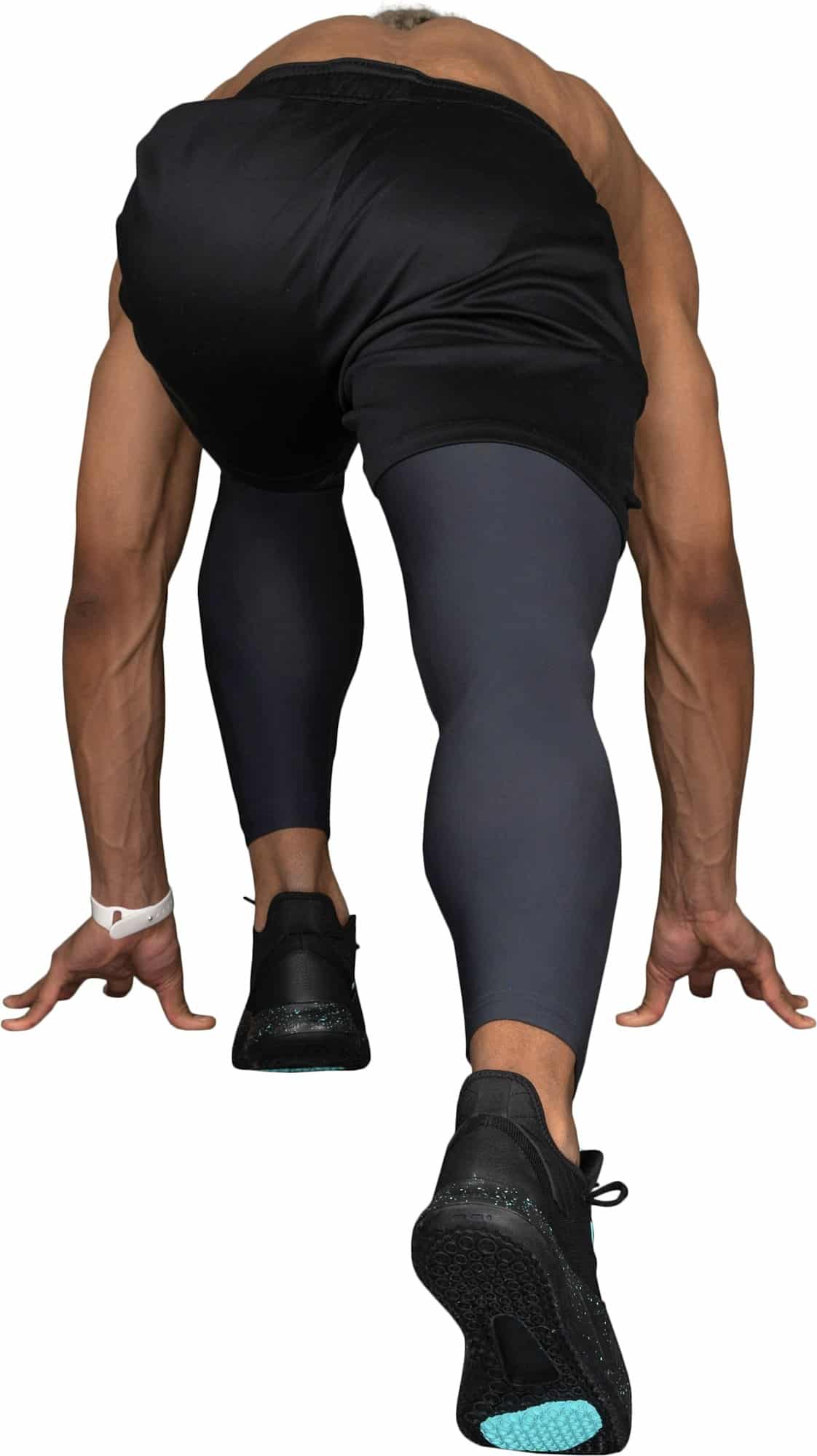What’s the Latest on the Use of Compression Gear for Recovery in Marathon Runners?

As we move toward the midpoint of 2024, many of you have been asking about the latest advancements in sports technology, particularly concerning compression gear. Today, we’ll delve into the world of compression garments, specifically their use for recovery among marathon runners. We’ll examine their impact on performance, how they affect our bodies, and their role in muscle recovery. To offer you the most updated and credible information, we’ve drawn facts from reputable sources such as PubMed, Google Scholar, and Crossref.
1. How Compression Garments Enhance Performance
Compression garments have long been a favorite among athletes. But what is it that makes them so beneficial for performance?
A voir aussi : What Are the Best Strategies for Overcoming Psychological Barriers in Professional Boxers?
Compression garments are unique in their ability to apply pressure to your body, particularly the lower body, which is heavily utilized during running. The compression creates a form of ‘micro-massage’ on the skin and muscle underneath. This process enhances blood circulation, delivering more oxygen to your muscles and helping to remove waste products.
A study published on PubMed highlighted that runners wearing compression stockings during exercise experienced a smaller decrease in leg power compared to their non-wearing counterparts. This suggests that compression gear can indeed enhance performance through better muscle power preservation.
Avez-vous vu cela : What’s the Role of Genetic Testing in Personalizing Training for Sprinters?
Moreover, individuals have reported feeling stronger when wearing compression garments. According to Google Scholar, this could be due to the added proprioceptive feedback the garments provide, helping you become more aware of your body’s movements and positioning.
2. Understanding the Impact of Compression Gear on the Body
The effects of compression gear extend beyond just boosting performance. They also have a significant impact on the body, especially in relation to muscle recovery and blood circulation.
Muscle damage is inevitable during intense exercise like marathon running. However, wearing compression garments post-exercise can aid in faster recovery. These garments apply uniform pressure to the muscles, reducing swelling and inflammation, which is often associated with muscle damage. A study published on PubMed demonstrated that athletes who wore compression gear for 24 hours post-exercise had significantly less muscle soreness compared to those who did not.
In relation to blood circulation, the pressure from compression gear can help enhance venous return. This is the process of blood returning to the heart from the body’s lower extremities. Enhanced venous return can help remove waste products from the muscles more efficiently, speeding up recovery.
3. The Role of Compression Gear in Muscle Recovery
The recovery phase after a marathon is crucial to restore the body’s strength and functionality. As we’ve touched upon, compression garments can play a significant role in this process.
Compression gear applies pressure to the muscles, which can help reduce muscle oscillation during running. Less muscle oscillation could mean less muscle damage, and therefore, faster recovery.
A study on Crossref showed that marathon runners who used compression gear post-exercise had significantly lower levels of creatine kinase in their blood. Creatine kinase is an enzyme that spikes when there’s muscle damage. Hence, lower levels indicate faster muscle recovery.
Furthermore, compression gear can also support the lymphatic system, which is responsible for removing waste products from the body. By doing so, it can speed up the recovery process.
4. Practical Considerations When Choosing and Wearing Compression Gear
Now that we’ve discussed the benefits and effects of compression gear, you may be considering incorporating them into your running routine. Here are some practical considerations to keep in mind.
Compression garments come in various types and degrees of compression. It’s essential to choose the right type and fit for your needs. For example, if you’re a marathon runner, you might want to consider compression socks or leggings that cover the lower body.
The degree of compression is also crucial. Too much compression can restrict blood flow, which contradicts the purpose of wearing compression gear. On the other hand, too little compression will not provide the desired benefits.
Finally, while compression gear can aid in recovery and performance, they are not a replacement for proper training, nutrition, and rest. Always remember to maintain a balanced approach to your sports and health regimen.
5. The Future of Compression Gear in Sports
The use of compression gear in sports, particularly running, continues to evolve. So, what can we anticipate in the future?
With advancements in technology, we might see more personalized and advanced compression gear. These could include garments with adjustable compression levels or those integrated with biometric sensors to monitor muscle activity and recovery.
Moreover, as more research is conducted, we will continue to gain a deeper understanding of how compression gear affects our bodies and performance. For now, the evidence suggests that compression gear can indeed be a valuable tool for aiding recovery in marathon runners. But as with any sports gear, it’s essential to use them correctly and as part of a balanced approach to training and recovery.
6. The Popularity and Controversy Surrounding Compression Garments
As marathon running continues to grow in popularity, so does the use of recovery aids like compression garments. Many elite runners and weekend warriors alike swear by their compression socks or tights, citing the benefits we’ve discussed earlier.
However, the use of compression gear is not without controversy. Some critics question the validity of the benefits of compression garments. A meta-analysis published on Google Scholar examined multiple studies on the effects of compression clothing and found mixed results. Some studies found significant improvements in recovery markers such as decreased muscle soreness and improved blood flow. However, other studies did not find any significant difference between the control group and those wearing compression garments.
Moreover, some athletes report discomfort or restriction in movement when wearing compression gear. Therefore, the comfort and fit of the garment are crucial factors to consider.
Despite these controversies, the overall trend indicates a continued increase in the use of compression sportswear. As we develop a better understanding through research, we can determine the most effective ways to use these garments to aid in performance and recovery.
7. Conclusion
In conclusion, there is compelling evidence to suggest that compression gear can improve performance and aid recovery in marathon runners. These benefits include better blood flow, reduced muscle damage, and less muscle soreness post-exercise. However, it’s important to note that these benefits depend on various factors such as the type, fit, and degree of compression.
As technology advances, we can expect to see more sophisticated compression garments on the market. Future designs could offer adjustable pressure levels and integrated biometric sensors, providing athletes with more personalized and data-driven recovery strategies.
Despite the ongoing debates and varied findings from studies, the popularity of compression garments continues to grow in the running community. The use of compression garments, when combined with proper training, nutrition, and rest, can be a valuable addition to any runner’s toolkit.
However, let’s remember that compression gear is not a magic solution. It can aid in performance and recovery, but it does not replace the fundamental pillars of successful marathon running: consistent training, proper nutrition, and adequate rest. So, as you lace up your running shoes and slide on your compression socks, remember the importance of a balanced approach to running and recovery.
As we continue to explore and understand the world of sports technology, we will keep you updated on the latest in compression gear and its role in marathon running recovery. Until then, happy running!
